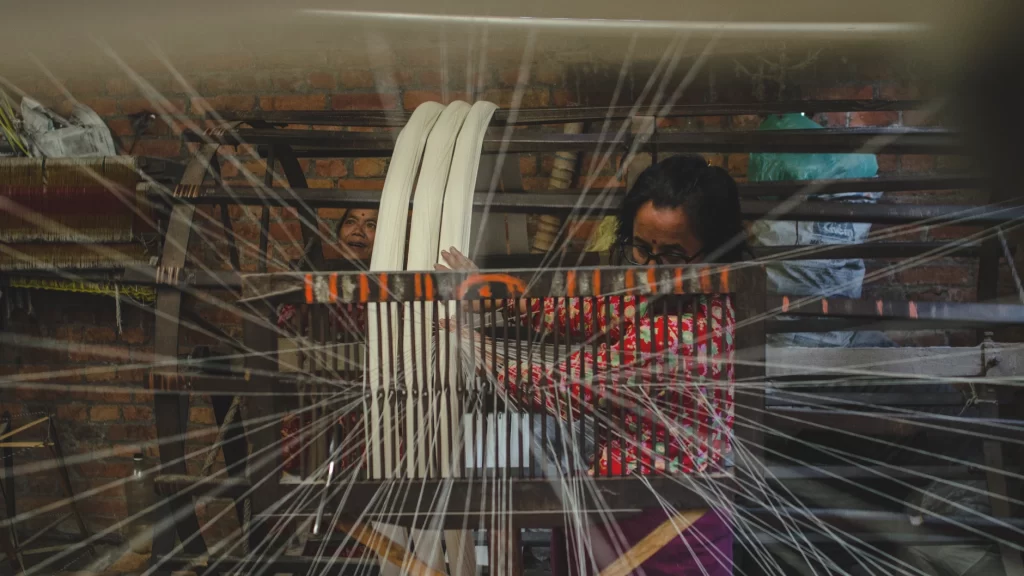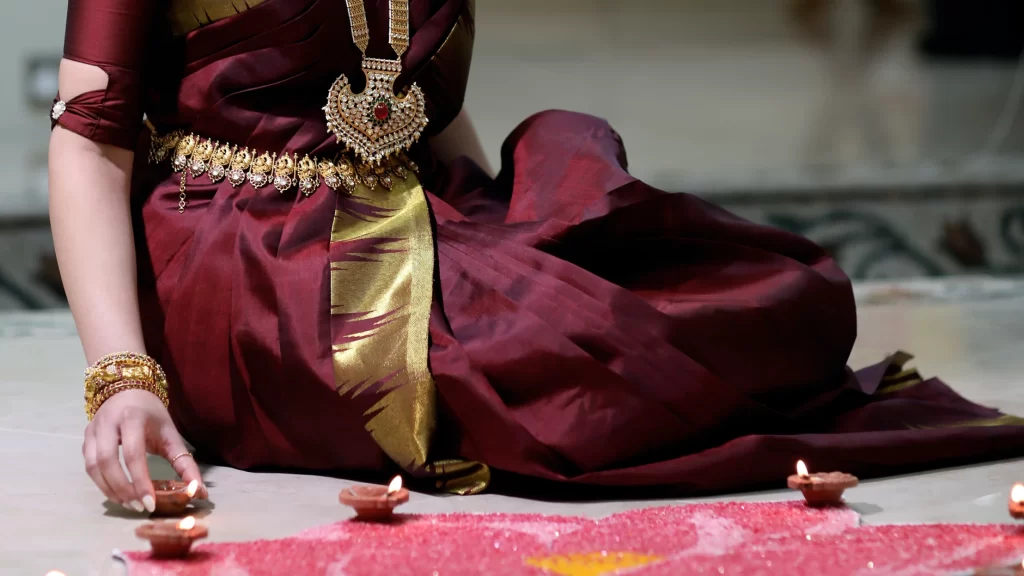On November 17, 2023, the Earth briefly crossed the 2° warming mark that scientists have been warning us against. Well, can’t say we didn’t see this coming! Climate change is real and this only reminds us of the urgent need to address and tackle the climate crisis, the impact of which is notably visible in India. According to Climate Action Tracker 2023, India is projected to have a 4.7° celsius temperature rise by 2100 and is one of the nations most susceptible to climate change.
So, the question remains, how can we possibly tackle the climate crisis? And, why are some people talking about climate and crafts in the same breath?
A 2022 study by the World Craft Council states that artisanal crafts promote circular economies by reusing materials within a community, thereby reducing waste and transportation emissions, fostering principles of circular economy and environmental sustainability. Another recently-released report, ‘Craft in the Age of Climate Crisis: Climate Resilience Through Craft – A Path to Sustainable Fashion in India’, by Fashion Revolution India and the British Council, from October 2023, unveiled a comprehensive study, bringing our attention to India’s craft sector’s crucial role in shaping a sustainable future for fashion in India. So let’s take a look at the correlation between the craft sector in India and the global climate crisis.
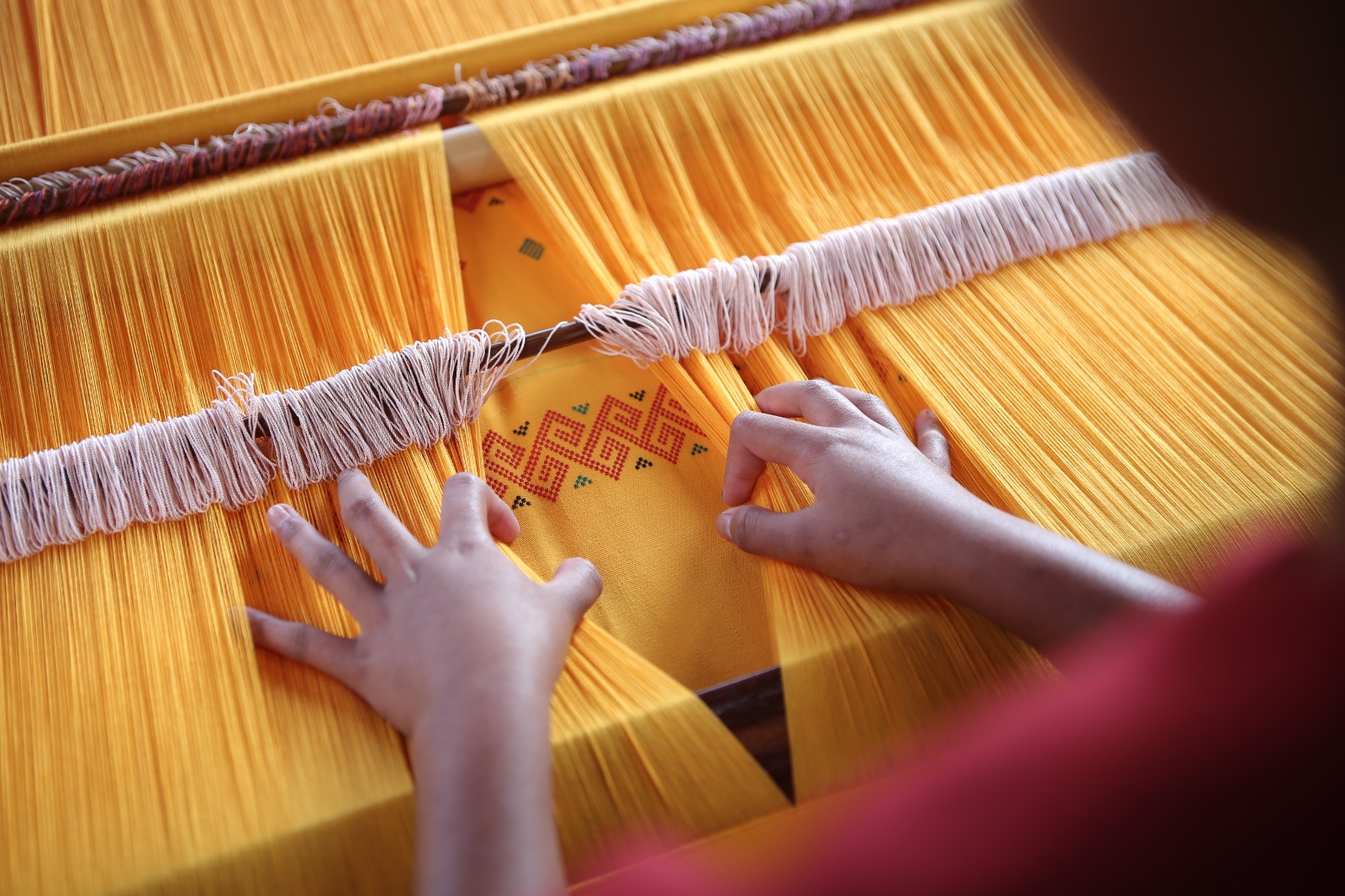
The impact of climate crisis on crafts and craftspeople
The climate crisis has not only wreaked havoc on the planet but also on people, especially those directly dependent on suitable climatic conditions for their livelihoods. According to IBEF (India Brand Equity Foundation), our country has 744 handicraft clusters employing nearly 2,12,000 artisans and offering over 35,000 products. When we look at crafts–or craftsmen–we look at a community of people whose work is mainly born of geographical context. And when there is an onslaught of resource scarcity, caused by mainly unpredictable weather patterns, especially in climate-vulnerable regions, we see them bear the brunt of the crisis’s impact.
The flash floods in Madhya Pradesh, in September this year, caused huge losses to the handloom weaver’s homes, causing irreplaceable loss to their looms and stocks. The 2018 Kerala floods inflicted staggering losses on Chendamangalam weavers, while in Channapatna, Karnataka, artisans face the challenge of vanishing ‘aale mara’ trees that are essential for toy crafting. Varanasi’s handloom weavers battle erratic rainfall, which affects cotton crops and, therefore, their raw material. The rising temperatures pose a threat to Assam’s Muga silk, as they directly impact silkworm sensitivity.
These crafts have evolved and have been cherished over decades–sometimes centuries. They are an integral part of these people’s identity and, sometimes, an only means of livelihood for the entire community. To see that disappear, in a matter of seconds, and to learn further that most of these people will not have the financial resources to invest in it again, is devastating news for the craftspeople as well as for patrons of the craft.
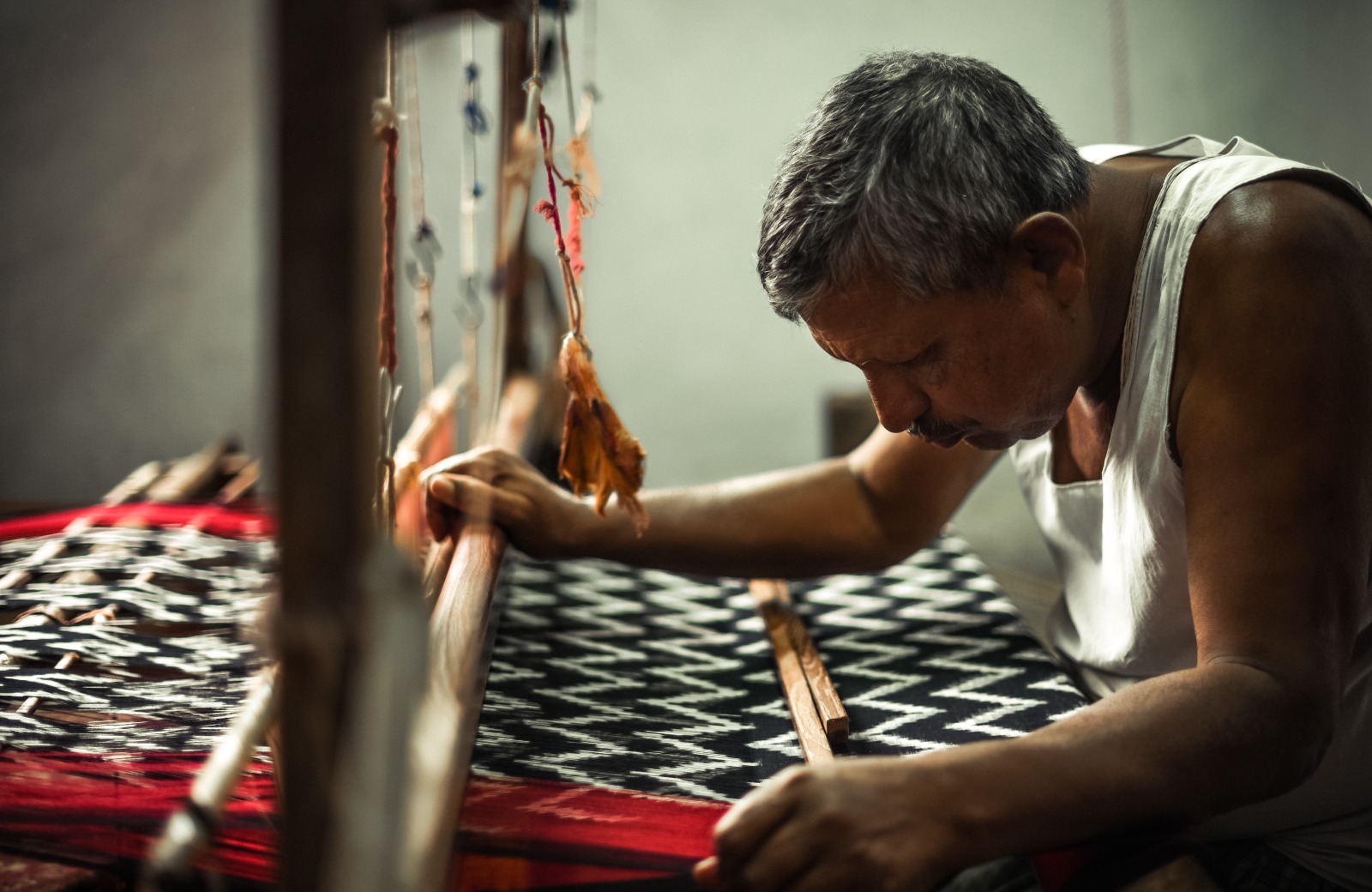
Crafts to tackle climate crisis
Crafts are often seen as an antidote to fast fashion. You can be sure of the quality and intricacy of a handcrafted piece, all whilst directly supporting the livelihoods of artisans and their families. Most craft communities place circularity at the forefront, meaning they are upcycling and reusing materials available to them. There is very little to no waste at the end of such handcrafted pieces. And, there are two major reasons for that: First, the economic condition of the artisans, which makes them unable to afford constantly investing in newer materials, implying reuse and minimisation of the energy spent; Second, the crafts sector, unlike fast fashion, does not ship their waste to dumping grounds in African and Asian countries, they repurpose it. The fashion industry is responsible for 8-10% of annual global carbon emissions. At this pace, the fashion industry’s greenhouse gas emissions will surge more than 50% by 2030.
In the crafts sector, the materials or the fabrics used are often produced with minimal wastage and resources. The fabrics are mostly natural and non-blended, unlike the polyester-blend fabrics so typical of fast fashion, which also release microplastics that go on to enter our food chain. While buying something handcrafted, you can be sure of transparency, from the stage of farming and the raw materials, till the end product. Besides, most of the craftsmen or artisans work on their own time and are fairly remunerated, unlike the unfair working conditions fast fashion is notorious for. The craftspeople use small-scale natural dyeing methods or sometimes even vegetables and fruits, if need be, for fabric dyeing. On the contrary, according to The World Bank, around 20% of wastewater worldwide comes from fabric dyeing and treatment in the fashion industry.
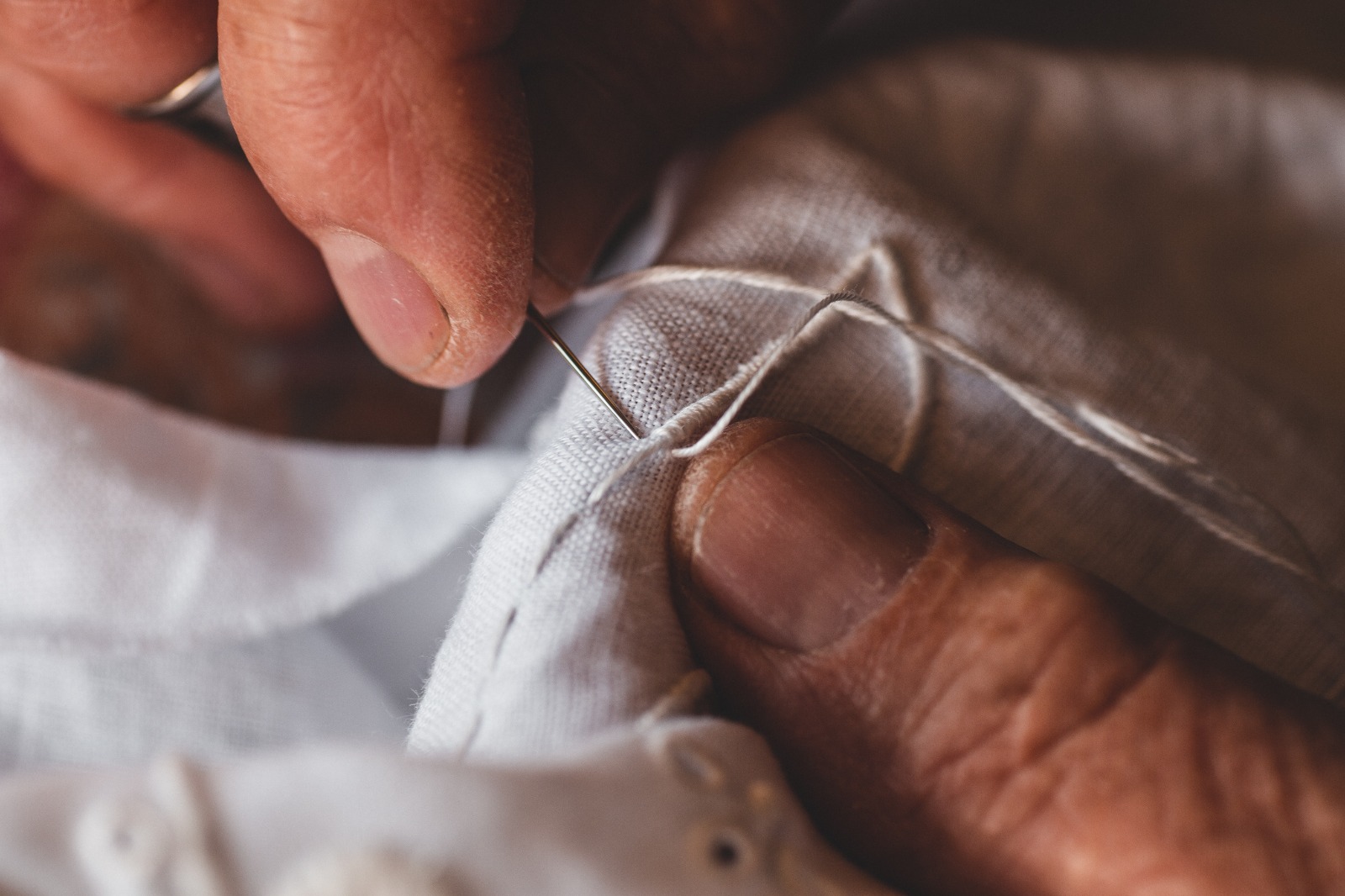
The most heartwarming thing about investing in a craft is the love and hardwork the craftsmen or the artisans put into it. They feel very strongly toward their crafts, it’s not just a job for them, they put their heart and soul in it. It is almost an heirloomThe handcrafted product you invest in is guaranteed to be one-of-a-kind, as it is handmade and no two pieces will ever look alike. This individualistic style and uniqueness of a handcrafted piece only adds to its glamour. On the other hand, the fast fashion industry mass produces, leading to more waste in the landfills, thereby contributing drastically towards the increasing climate crisis.
What are your thoughts on this? Tell us in the comments below.


